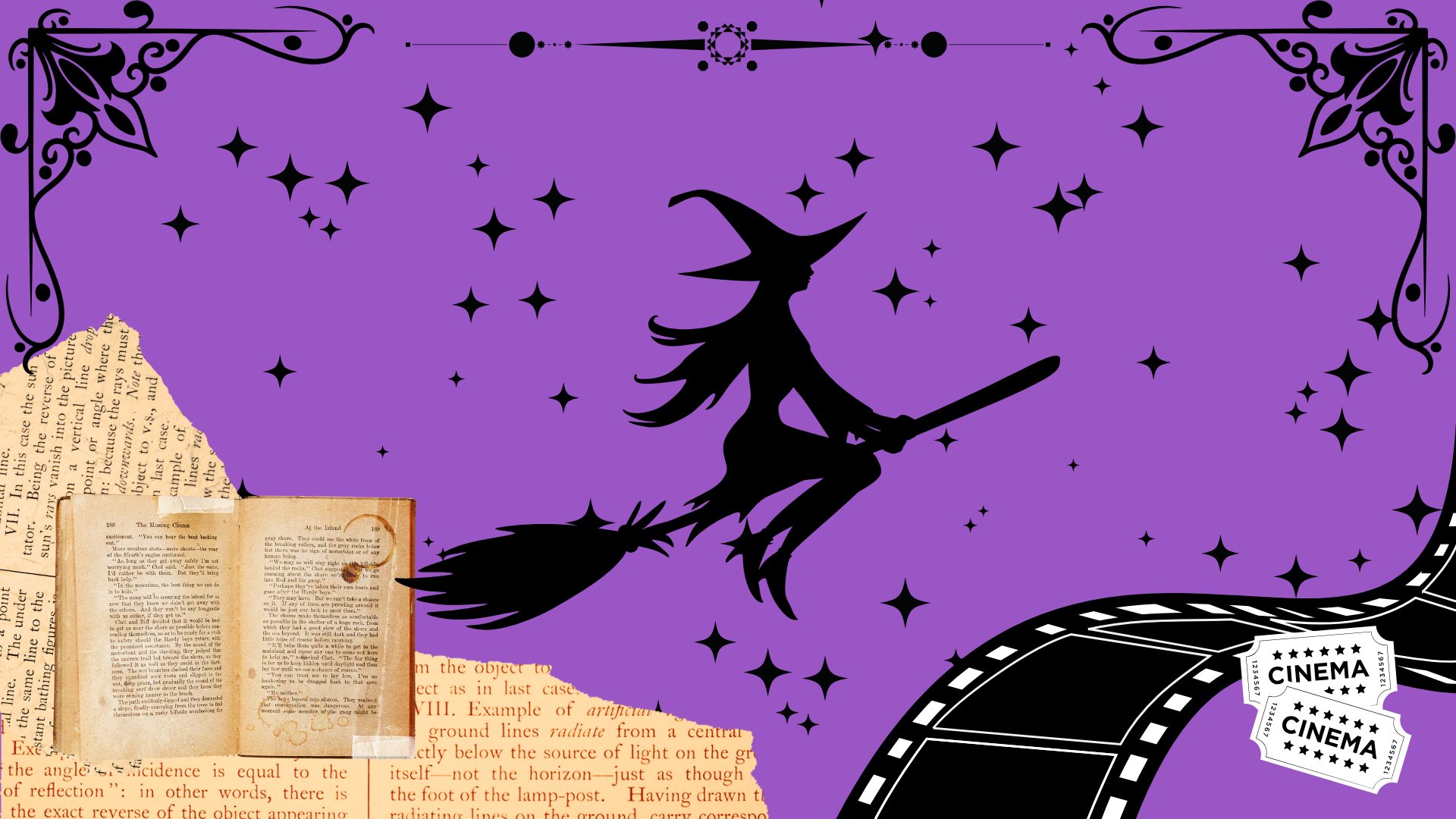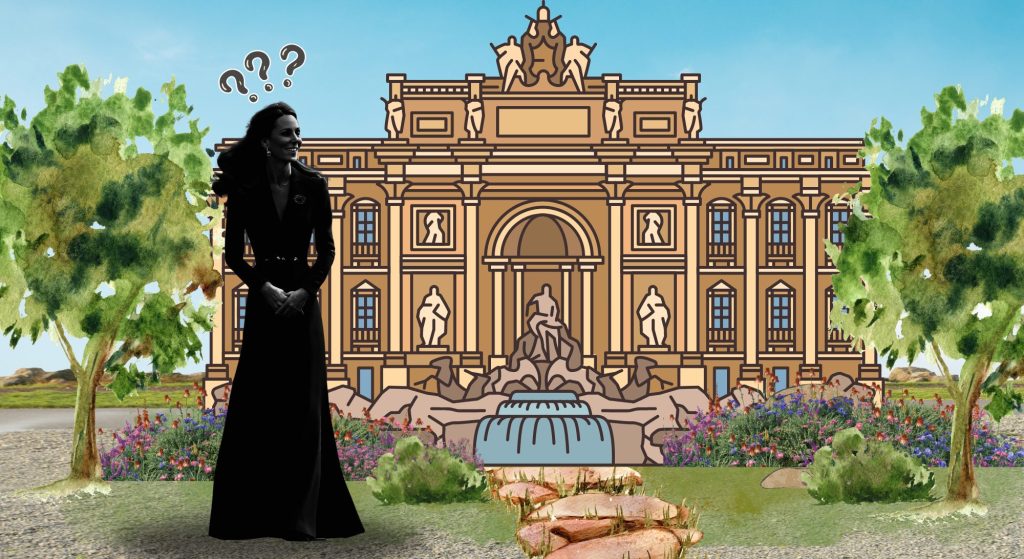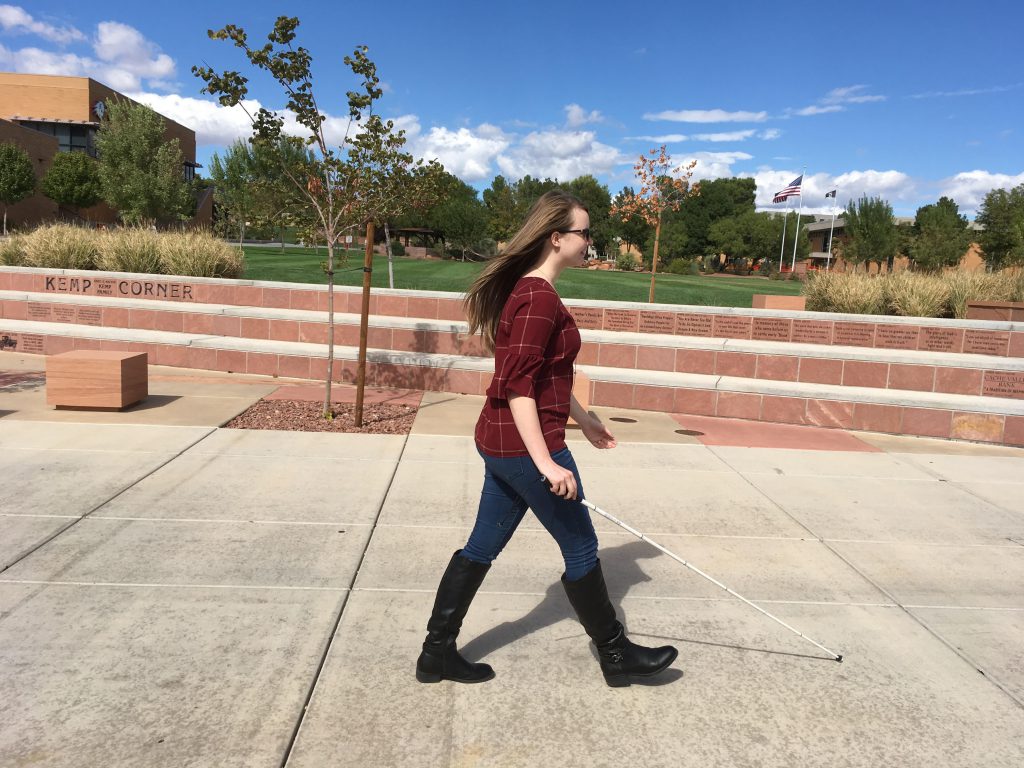October is the time of year when witches come out of hiding in real life and media. Whether it is in movies, TV shows or books, witches are alluring and mysterious, and a major characteristic during fall.
The witches we see in media were greatly inspired by Shakespeare’s play, “Macbeth,” and fun fact, the popular movie “Hocus Pocus” is essentially a “Macbeth” fan fiction.
Through research, I learned that there is the “good witch” and the “evil witch.” The good witch is rarely seen in horror movies and is usually reserved for light-hearted shows or movies, whereas the evil witch is rarely ever in family films and is specifically reserved for horror and thriller movies.
Interestingly, the witch as a character trait, is starkly different across media and literature.
Books
Nearly everyone already knows this, but books are quite possibly my favorite objects in the whole world. I love reading specific genres based on the season.
Aside from horror novels, I love reading novels about witches. There are so many novels that I love in this very specific genre, and one of them I read every single year.
Erin Sterling’s novel, “The Ex Hex,” is a meet cute romance novel set in a small Hallmark-esque town. In the novel, both men and women are witches; this movie uses many quirky stereotypes for witches.
Another witch-based novel that I love, specifically for its quirkiness, is India Holten’s novel, “The Wisteria Society of Lady Scoundrels.” This book is hilarious and is about a large group of pirate witches who, instead of ships, have flying houses. This book is set in the Victorian Era and has so many references to Jane Austen and even claims the Queen of England is a witch.
I love quirky books like this, and I also love watching TV shows that share the same vibe.
TV Shows
In TV shows, witches can be enduring or just a quirk for characters; for example, the nostalgic show “Wizards of Waverly Place” is about a quirky family of witches that tries to assimilate into life with “normal people.”
There are many shows like this; some are intended for kids, but the more literal portrayal of witches can make them look less evil, especially given their history. I have never seen a TV show that has a witch portrayed scarily. Even shows like “American Horror Story” make witches seem super cool.
I always get bullied for this, but “Hocus Pocus” has always absolutely scared the living daylights out of me. I know they aren’t meant to be scary, but the whole idea of the three witches living forever and using the souls of children to do so literally gives me the chills.
Movies
Movies, however, are a completely different story and usually have very specific distinctions of witches between genres. There are many movies, like “Practical Magic,” that give witches the classic traits of a human with powers, but some movies are truly terrifying.
Movies like “The Witch,” “The Blair Witch Project” and “The Conjuring” are all horror movies where the entire plot revolves around the witch as an evil spirit close to the devil.
While this is all fun and games, I have seen so many arguments claiming that one reason for this phenomenon of evil women witches is sexism. I agree and disagree with this statement for so many reasons, specifically because of the wide variety of how witches are portrayed.
When looking at the “good witch,” it becomes clear to me that this is a representation of women in a positive light. I would agree that solely making women the “evil witch” gets old and perpetuates dangerous views of women as evil.
However, I also disagree with this. Specifically, because I prefer to look at life and movies with rose colored glasses. After reading theories on the objectification of women in film, I just need a silver lining and would rather remain naive to the possible reality that witches are sexist motifs in films.
I digress; Brian Joseph Hadsell, a graduate student at Illinois State University, studied exactly this. In his essay he said, “The witch as a figure possesses a powerful and enduring legacy in Euro-American culture; she is both a victim of patriarchal persecution and the natural enemy of a deeply gendered society.”
This is truly such an interesting way to look at women in film, specifically in horror films. When I googled “horror movies,” it showed dozens of movies, where more than half of them either have a woman on the cover or are centered around the evil witch.
It is impossible to make a clear argument whether or not horror films are sexist, but one thing is clear, the evil witch truly plays into our own fear of the literal devil’s advocate.
In this same argument, maybe the quirky, good witch is just playing on stereotypes of the innocent woman who cannot harm. An article from the Women’s Republic argues that despite the witch being a historical figure, it was essentially created as a patriarchal figure.
However, the author said: “Witches were definitely imagined as an oppressive symbol, but many revisions in the media have proved to change this perception. And in the real world, women have adopted witch adjacent practices like Wicca to offer an avenue for women to engage in discourse for change and in a process toward redefining gender roles.”
So, juries out, are witches in the media patriarchal representations of oppression, or are they simply ways for women to gain back power?
It is incredibly fascinating how witches are portrayed in media, and as October comes to an end, the witch representation in media will once again die out, at least until next year.




